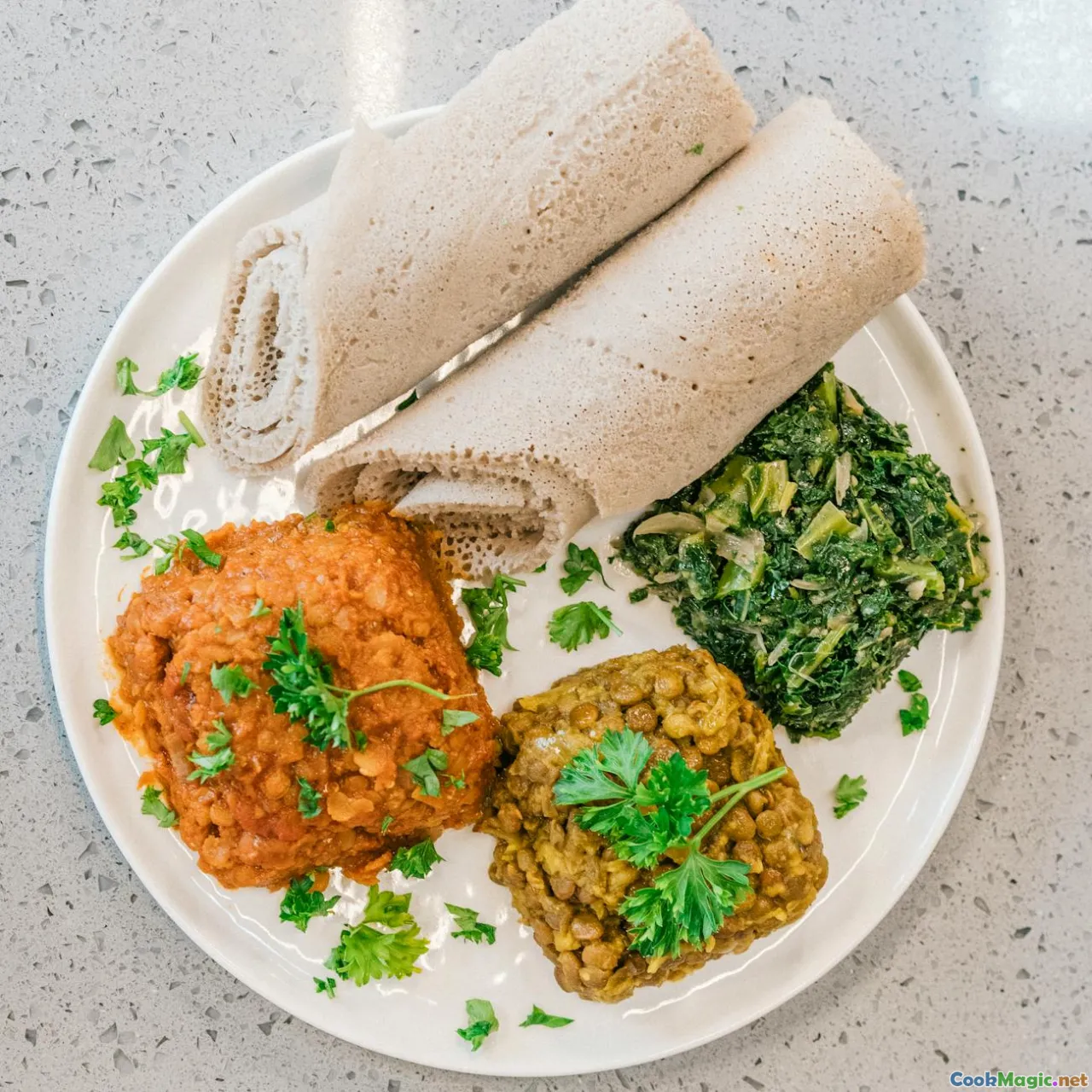Feasting During Ethiopian Orthodox Easter Fasika
8 min read Discover the rich culinary traditions of Ethiopian Orthodox Easter Fasika, a vibrant celebration of fasting-breaking feasts filled with heritage, flavors, and community. April 28, 2025 10:55
Feasting During Ethiopian Orthodox Easter Fasika
Ethiopian Orthodox Easter, known locally as Fasika, is more than a religious observance; it is a grand cultural celebration that brings families and communities together in a jubilant feast after weeks of fasting. This holiday embodies a deep spiritual significance intertwined with vibrant culinary traditions that have been passed down through generations. As the sun sets on Fasika day, the air fills with the aroma of traditional dishes, and tables overflow with an array of flavorful, symbolic foods that reflect Ethiopia’s rich history and diverse cultural tapestry.
The Spiritual Prelude: Fasting and Preparation
Before the joyous feast begins, Ethiopians spend 55 days in fasting, a period marked by abstinence from meat, dairy, and intoxicating drinks. This spiritual discipline is a time of reflection, prayer, and community bonding. During this period, adherents abstain from indulgence, focusing instead on plant-based foods like grains, legumes, vegetables, and fruits. This fasting phase heightens the anticipation for the grand celebration, making the eventual feast all the more meaningful.
The Dawn of Fasika: From Darkness to Light
Fasika is celebrated with a sense of renewal and hope. The night before, believers gather in churches for midnight liturgies, often extending into dawn. It’s a solemn yet jubilant transition from fasting to feasting, symbolizing resurrection and new life. As worshippers emerge from the church, they are greeted with the sight of beautifully decorated tables laden with an array of traditional foods that mark the end of fasting.
The Heart of the Feast: Iconic Dishes and Flavors
The Ethiopian Easter feast is a sensory journey, with dishes that are both deeply traditional and uniquely flavorful. Each dish carries historical and religious symbolism, making the meal a profound expression of faith and cultural identity.
Injera: The Sacred Base
At the core of every Ethiopian meal is injera, a large, spongy sourdough flatbread made from teff flour. Its tangy flavor and airy texture serve as the foundation for many dishes, and its porous surface is perfect for scooping up stews and salads. During Fasika, injera is often freshly baked, warm, and slightly chewy, inviting diners to indulge in its comforting embrace.
Doro Wat: The Festive Chicken Stew
One of the most celebrated dishes is Doro Wat, a rich, spicy chicken stew simmered in a thick, aromatic berbere spice blend, infused with hard-boiled eggs. The deep red hue of the stew, achieved through the generous use of berbere and niter kibbeh (a seasoned clarified butter), beckons with its layered flavors of chili, garlic, ginger, and cinnamon. The tender chicken falls off the bone, and the eggs absorb the spicy, savory sauce, creating a harmonious blend of textures and tastes.
Kitfo and Gored Gored: The Spiced Minced Meats
For those who prefer a different protein, kitfo—finely minced raw beef seasoned with mitmita (a spicy chili powder) and niter kibbeh—is a delicacy that symbolizes strength and vitality. Alternatively, gored gored features cubed, lightly cooked beef or lamb, mixed with spices and sometimes clarified butter, offering a melt-in-the-mouth experience.
Atayef and Other Vegetarian Delights
Vegetarian dishes also shine during Fasika. Atayef, small, pancake-like pastries filled with lentils or vegetables, are often served alongside salads and cooked vegetables like gomen(collard greens) andtikil gomen (cabbage cooked with spices). These dishes are seasoned with garlic, ginger, and traditional Ethiopian herbs, delivering a warmth that complements the festive atmosphere.
Siga Tibs: The Celebratory Meat
Post-fasting, succulent siga tibs (fried or sautéed meat) is prepared with generous doses of spices, onions, and peppers. It’s often served sizzling on a hot platter, symbolizing abundance and joy.
The Cultural Significance of Food
In Ethiopia, food during Fasika is not just sustenance but a sacred act of community and faith. Sharing meals strengthens bonds, honors ancestors, and celebrates divine salvation. Traditional dishes are prepared with meticulous care, often involving family members working together in a harmonious dance of culinary tradition.
Personal Reflections and Experiences
Growing up in Ethiopia, Fasika was always a highlight of the year. I remember the anticipation building up to the feast, the smell of freshly baked injera wafting through the house, and the lively chatter as family members prepared dishes together. The first taste of doro wat, with its fiery warmth and complex flavors, felt like a spiritual awakening. It was a time when even the simplest ingredients transformed into sacred offerings, reminding us of our shared history and enduring faith.
Modern Twists and Global Appreciation
Today, Ethiopian cuisine continues to evolve, with chefs worldwide embracing its bold flavors. While traditional dishes remain central to Fasika, contemporary interpretations—like vegetarian injera wraps or spicy lentil stews—are gaining popularity. Yet, the essence of the celebration remains unchanged: a communal gathering that honors faith, resilience, and cultural identity.
Conclusion: A Feast of Faith and Heritage
Fasika is more than a holiday; it is a profound expression of Ethiopian spiritual life, cultural resilience, and culinary artistry. The vibrant dishes, rich aromas, and the warmth of shared traditions create an unforgettable tapestry of celebration. As you explore this sacred holiday’s food culture, you’re invited to taste not just flavors but a centuries-old story of faith, community, and joy that continues to thrive at Ethiopia’s table.
In every bite, there is a story; in every dish, a tradition waiting to be savored.









